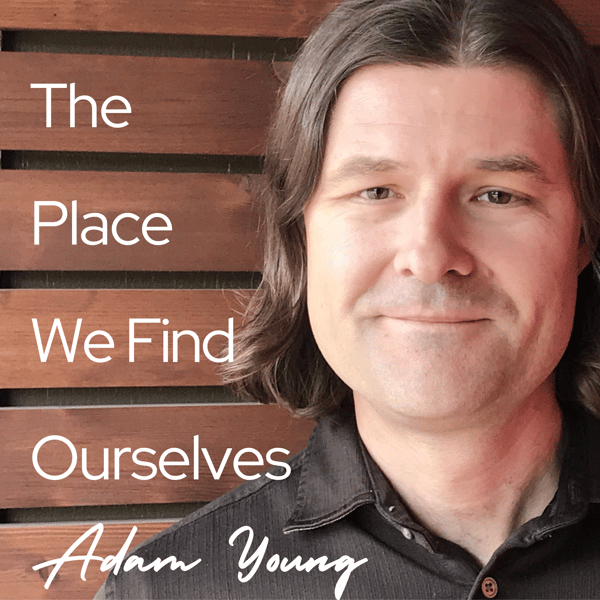162 Triangulation: What It Is and Why It Matters
The Place We Find Ourselves
Adam Young
4.8 • 2.5K Ratings
🗓️ 14 October 2024
⏱️ 40 minutes
🧾️ Download transcript
Summary
Triangulation occurs when a parent requires a child to function as an emotional adult by meeting the parent’s adult needs and wants. Were you required to give, give, give to your parent, or was your parent continually giving, giving, giving emotionally to you? In a healthy parent-child relationship, there is plenty of connection—but the parent never imposes their emotional needs on the child. Triangulation results in two deadly dynamics. First, your goodness is consumed by one parent. Second, as a result of being consumed by one parent, you are setup to be envied by the other parent. When triangulation is present in a family, it is common (though not inevitable) for the triangulated relationship to become sexualized. By sexualized, I mean that there is erotic energy between Mom and the chosen son or Dad and the chosen daughter.
Transcript
Click on a timestamp to play from that location
| 0:00.0 | You are listening to The Place We Find Ourselves podcast. |
| 0:04.8 | I'm Adam Young, and today I want to talk about the very important topic of triangulation. |
| 0:14.0 | Triangulation. |
| 0:15.5 | When it comes to understanding your story, it is very important to understand the relational dynamics between you, |
| 0:25.9 | your parents, and any siblings, which is why I often say that one of the things that everyone |
| 0:33.1 | needs to do eventually in life is draw a triangle. |
| 0:38.3 | The three points of the triangle will represent your primary caretaker one, primary caretaker two, and you. |
| 0:47.3 | Now imagine an upside down triangle, a triangle that's pointing down. |
| 0:53.3 | Your two primary caregivers are at the top of the |
| 0:57.0 | triangle and you are at the bottom. You're the bottom point of the triangle. I want you to either draw |
| 1:03.9 | or imagine that triangle so that the closeness of the points of the triangle represent the emotional closeness of the relationship |
| 1:15.8 | between the two people. So in an emotionally healthy family, parent one and parent two, |
| 1:24.1 | primary caregiver one and two, they will be emotionally closer to each other than |
| 1:31.1 | either one of them is to you, the child. Now, when that is the case, when that's when your |
| 1:38.4 | triangle, when that's what your triangle looks like, the foundation is set for you to develop what's called a secure |
| 1:46.4 | attachment. However, sadly, many of us grew up in families in which the triangle looked quite |
| 1:54.8 | different than that. For example, for me, I was emotionally closer to my mother than my father was to my mother. |
| 2:04.3 | My mom and I had a much closer relationship than mom had with dad. |
| 2:11.0 | So what does that mean for my triangle? |
| 2:13.5 | My triangle is going to look wonky. |
| 2:15.4 | In my triangle, the line connecting me to mom is the shortest |
| 2:20.6 | line of the triangle it's the shortest side because we were so tight we were so close now when your |
... |
Please login to see the full transcript.
Disclaimer: The podcast and artwork embedded on this page are from Adam Young, and are the property of its owner and not affiliated with or endorsed by Tapesearch.
Generated transcripts are the property of Adam Young and are distributed freely under the Fair Use doctrine. Transcripts generated by Tapesearch are not guaranteed to be accurate.
Copyright © Tapesearch 2025.

